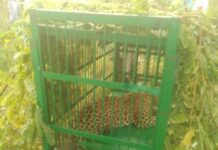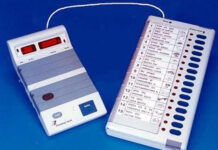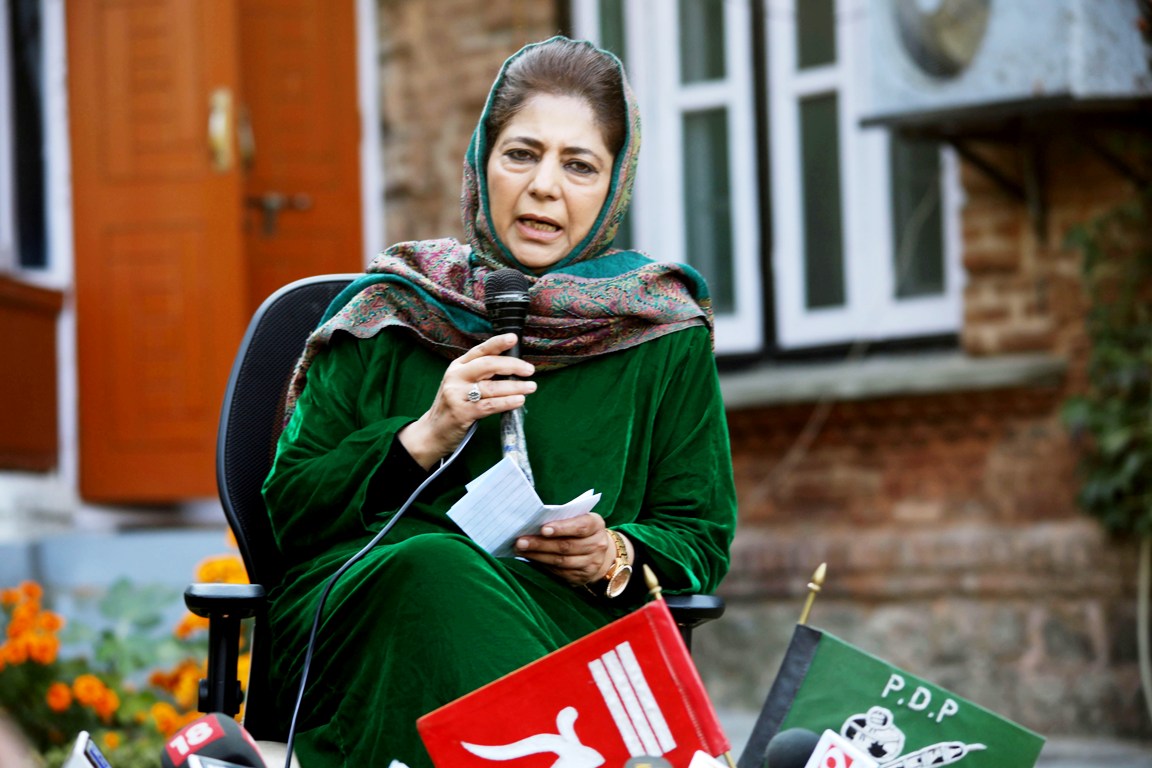by Mufti Islah
SRINAGAR: Despite being in the middle of a pandemic, Kashmir’s sole tertiary maternity hospital, Lalla Ded, has achieved a remarkable feat of bringing down the mortality rate to below seven, much less than the national average. A steady flow of funds, infrastructure upliftment, more skilled hands and machines, and, above all, good working hygiene, helped the hospital achieve the target.
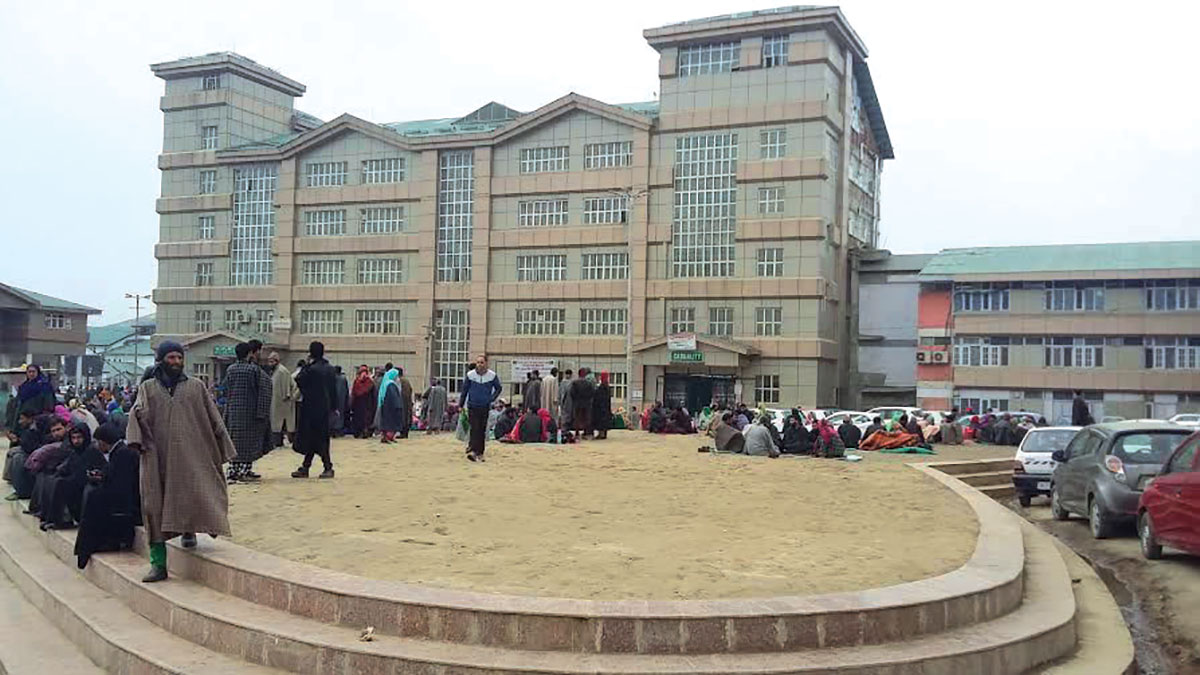
“The Neonatal Mortality Rate (NMR) has come down from 18.84 in 2017-18 to 6.69 in 2020-21 and it stands better than UT and the national average of 9.8 and 18 respectively,” Dr Shabir Siddiqui, medical superintendent of LD told News 18.
Importantly, the turnout was achieved in the last three to four years despite the hospital having suffered a huge blow in the 2014 floods.
The improvement, Dr Siddiqui noted, is due to the advancement of Out Patient Department as well as the IPD of the Neonatal Intensive Care Unit (NICU). Being the sole tertiary-care hospital for the Valley, all complicated, high risk, poorly managed antenatal cases come to it.
“Earlier, it catered to the Valley rush but now patients from far off Kargil, Banihal, Rajouri and Doda are being treated here,” he said. “I am not exaggerating; 25 to 30 per cent population of the Valley is born at the LD Hospital,” said Dr Siddiqui.
As per hospital records, 2,100 to 2,400 neonates are delivered and 250 to 300 sick newborns are admitted to the NICO every month. Most of the newborns admitted are premature, underweight and require life-support at the time of birth, which includes invasive ventilator support to CPAP support, he informed.
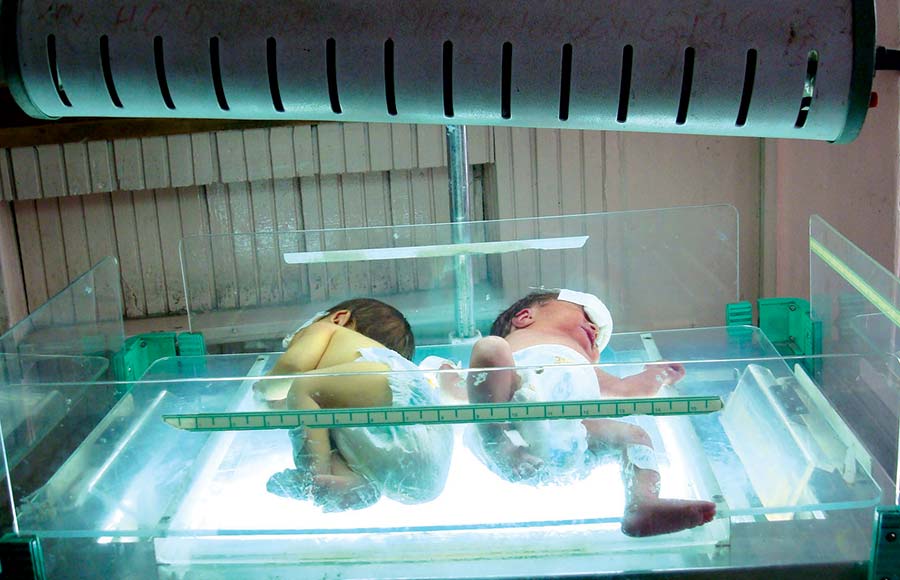 “Out of 10-20 new admissions in every 24 hours, about six to seven are premature babies from 26th week of gestational age (7 months) up to 34 weeks (8 months) with maximum, new-born having gestational age 28-30 weeks with a weight of 1.2 to 1.3 kgs,” the medical superintendent said, adding that such babies in addition to ventilator support need certain medicines (Surfactant) for their lung maturity.
“Out of 10-20 new admissions in every 24 hours, about six to seven are premature babies from 26th week of gestational age (7 months) up to 34 weeks (8 months) with maximum, new-born having gestational age 28-30 weeks with a weight of 1.2 to 1.3 kgs,” the medical superintendent said, adding that such babies in addition to ventilator support need certain medicines (Surfactant) for their lung maturity.
The NICO at LD has successfully discharged 90% of such premature, low-birth babies whose admissions stay in the said unit from 25 to 35 days.
“One premature baby with a birth weight of 890 grams was successfully discharged from the hospital after staying for 38 days in NICO. It was a great feat,” said a doctor.
Asked how the turnaround happened in the hospital despite huge pressure, the administrators at the hospital said the availability of specialists, medical officers, trained paramedics and postgraduate scholars monitoring sick neonates 24/7 on ventilators or CPAPs delivered good results.
They attributed the monthly MMR and NMR meetings of maternal and neonatal deaths besides identifying circumstances and cause of death for preventing deaths.
“The NICU has been upgraded with the latest equipment. Free availability of life-saving drugs, including surfactant, caffeine citrate and high-end antibiotics are also helping,” noted Dr Siddiqui.
“The hospital has also established fully-equipped state of art four-bedded ICU and 8 bedded HDU that has played a vital role in not only decreasing maternal mortality rate but also Neonate Mortality Rate,” he reasoned.
The commissioning of Modular OT with four fully functional operation theatre tables has decreased the waiting time of labouring mothers with high-risk pregnancies contributing in bringing down NMR.
Implementation of various health schemes in a proper way like SEHAT Scheme, JSSK, LAQSHYA, FPC and KMC has played its role in increasing the facilities and bringing down the mortality rate.
“Our new oxygen plant dispenses 2100 litres per minute as against the old one at 300 LPM,” he said. “The government has increased the funds to purchase equipment by six to seven times. Besides, 10 doctors and 30 odd paramedics were spared and shifted to LD from the National Health Mission programme. More men and machines have indeed helped,” he added.
The author heads the TV News18 Bureau in Jammu and Kashmir and the report appeared on the network’s website first.





